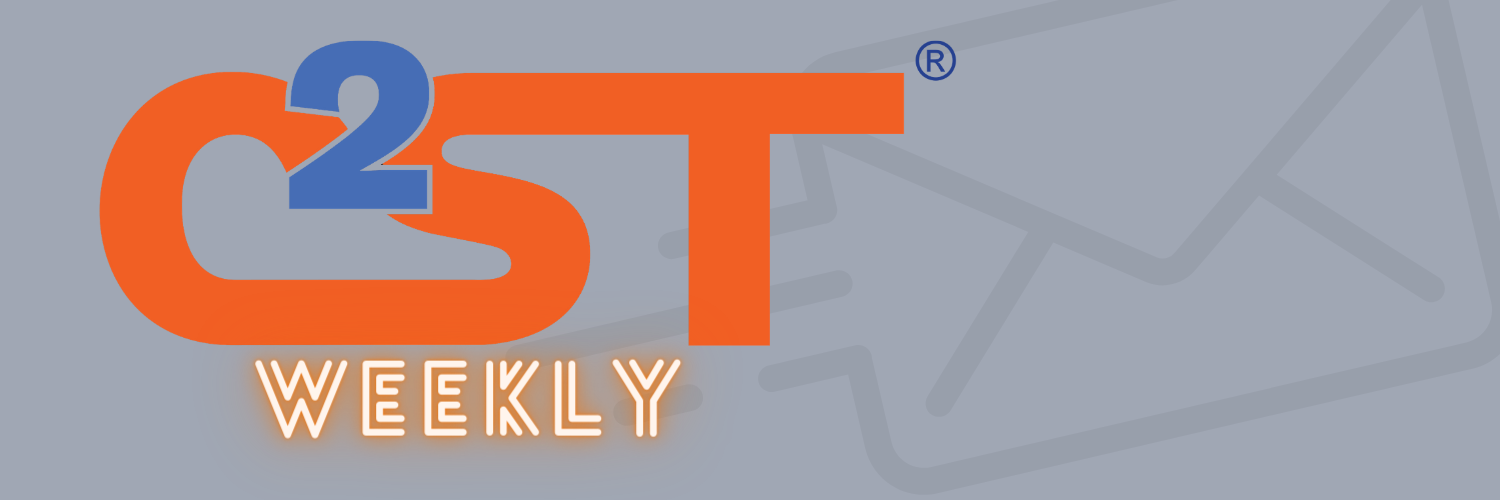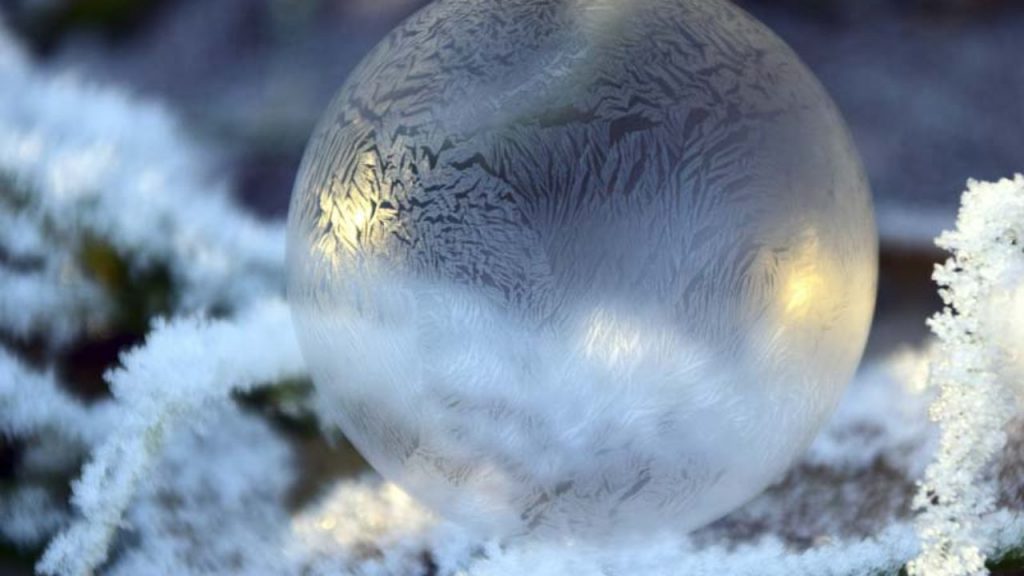C2ST Weekly: The Science Behind Whiskey + Runaway Icebergs
By C2ST Staff
Good afternoon. Here’s what’s happening in the world of STEM this week.
Continue reading “C2ST Weekly: The Science Behind Whiskey + Runaway Icebergs”
Dr. Phyllis Zee, Chief of the Sleep Medicine at Northwestern Hospital, warned the audience at Horner Park on Wednesday, August 15, that we cheat sleep at our peril. Dr. Zee’s excellent presentation was the first instance of C2ST’s collaboration with the Chicago Park District in the “Science in the Parks” series. Watch the video here.
Dr. Zee explained that three scientists recently shared the Nobel Prize for Medicine for their work in the early 1980’s identifying the genes and protein molecules that drive our twenty-four-hour biological clocks, often referred to as our “circadian rhythm.” Every cell in our bodies has the clock mechanism, and all these clocks are coordinated by the master clock in our brains. The mechanism interacts with light and dark. It keeps us awake and productive (usually) during the day and early evening, and puts us to sleep at night to rejuvenate our systems for another day.
This is the repository for all things C2ST. You can learn with videos of our past events, read articles concerning cutting-edge research and development in Chicago and elsewhere that will change our lives (generally one new article posted each week), check out C2ST in the news, and more! Use the Filter Media options below to browse C2ST’s content and discover something new!
By C2ST Staff

Continue reading “C2ST Weekly: The Science Behind Whiskey + Runaway Icebergs”
By Neve Spicer, Guest Blogger
Throughout history, there have been been no shortage of inventions and innovations created by women. In fact, many female-created patents and technologies went on to significantly change and better our world. Despite this, the percentage of women involved in STEM education and employment has been and remains disproportionately low.
Historically, this has in many cases been a reflection of discriminatory attitudes which devalued female contributions, leading to low pay and difficult working environments. Modern STEM culture has wisely made significant moves to try to right the underrepresentation of both women and minorities in science, technology, and engineering fields, including the creation of Introduce a Girl to Engineering Day.
By C2ST Staff
We couldn’t have done it without you!
Continue reading “Thank You To Our Generous Donors, Speakers, & Volunteers!”
By Robert J. Kriss, C2ST Editor
In 1995 Argonne National Laboratory built a machine known as the Advanced Photon Source (“APS”) which generates X-rays capable of detecting the atomic structure of many different substances, including viruses. Over the last two and a half decades, scientists have used the APS to help develop more effective vaccines against infectious diseases.
Continue reading “Argonne X-Ray Machine Plays Key Role in COVID-19 Vaccine Development”
By C2ST Staff
The cold weather and short days that come with winter can be gloomy, so let’s brighten them up with some science! These easy experiments are designed to help us learn about science from the comfort of our homes… with a few quick, bundled trips outside. The cold air can help us learn about chemistry and physics by changing the way that atoms and molecules–the tiny things that make up everything around us–interact with each other. We included a few experiments here for you and encourage you to try them all, but they can all be done separately. The materials should be easy to come by, or ones that you already own, but we included links just in case!

Continue reading “C2ST Science at Home: Winter Wonder Experiments”

By C2ST Staff
Are you interested in learning more about issues related to equity in STEMM? Whether or not you could join us for the film screening of Picture a Scientist on November 18th, we have a number of equity resources to share courtesy of the filmmakers. Here are a few ways you can take action. Continue reading ““Picture A Scientist” Filmmakers Share Equity Resources”